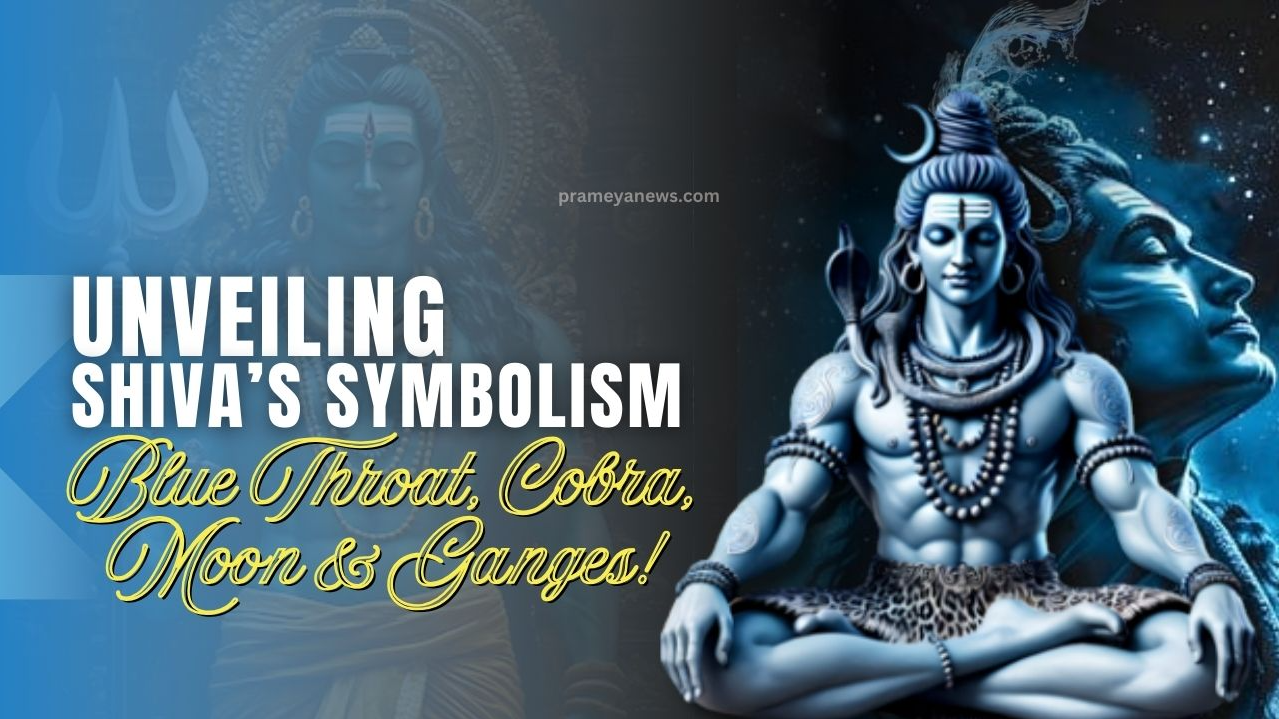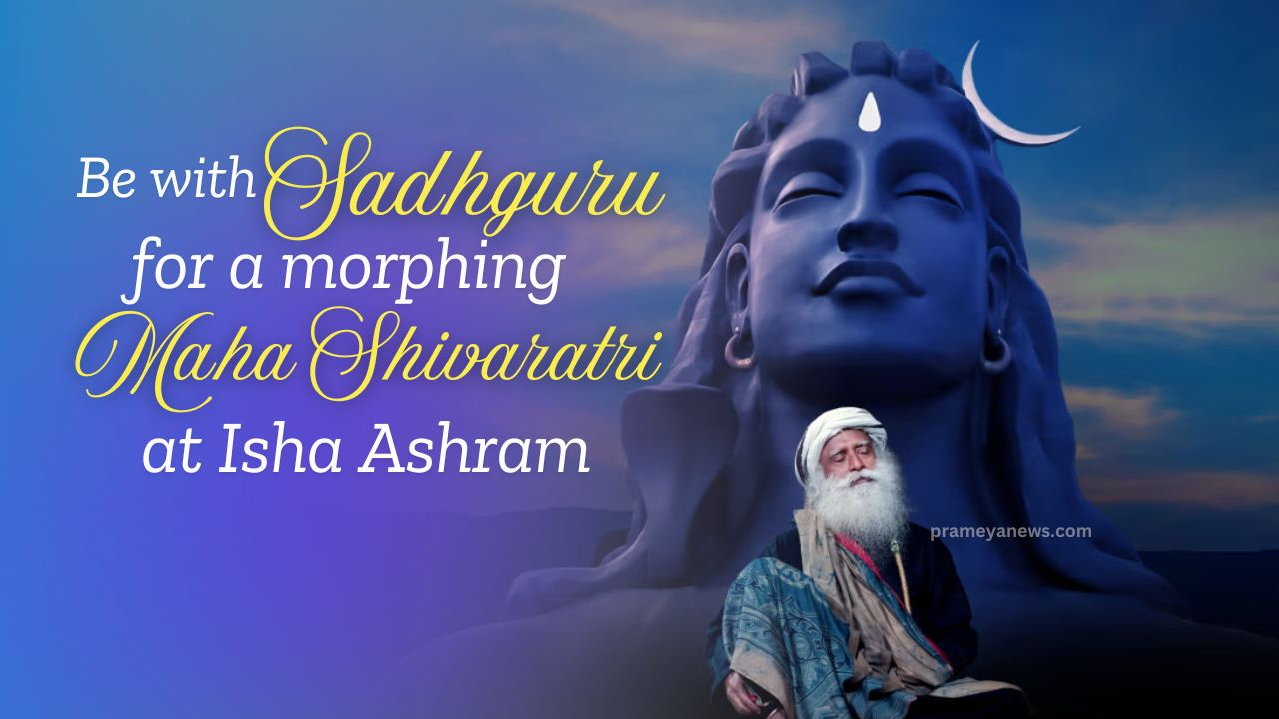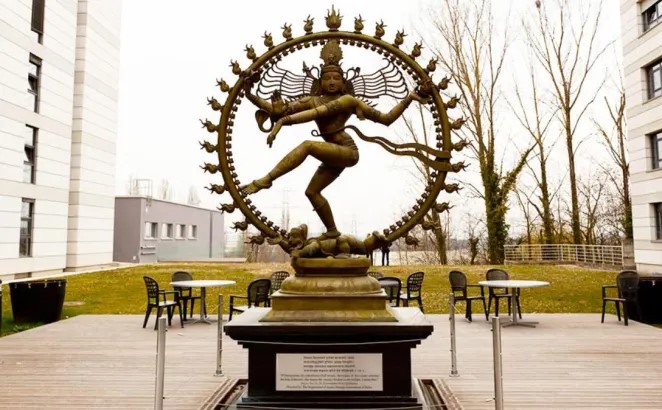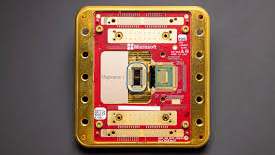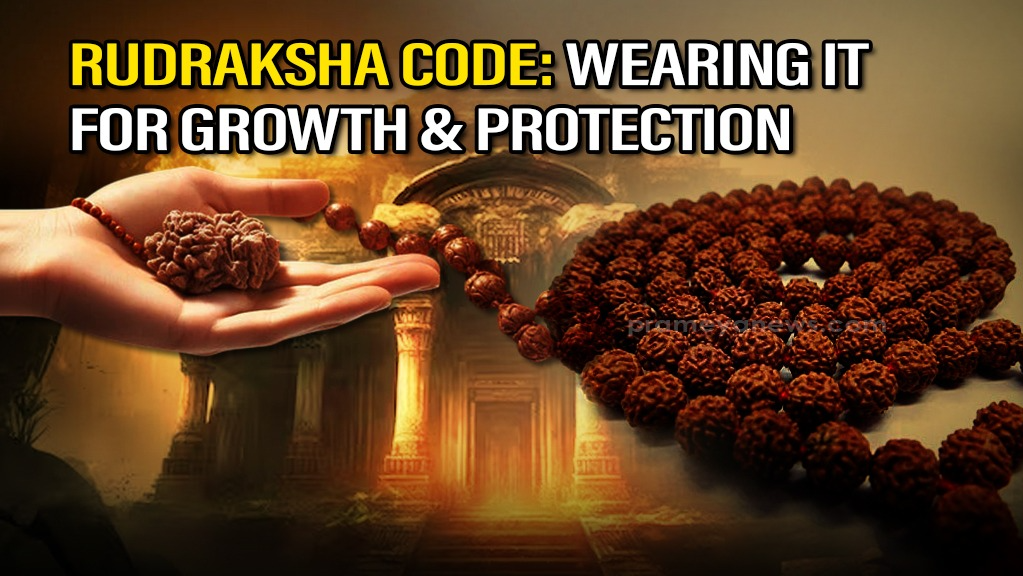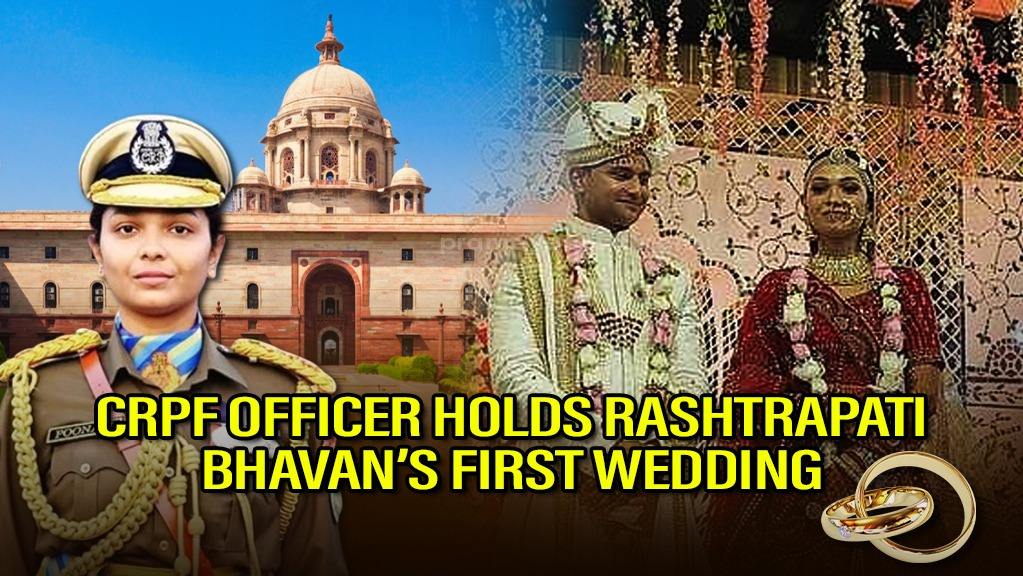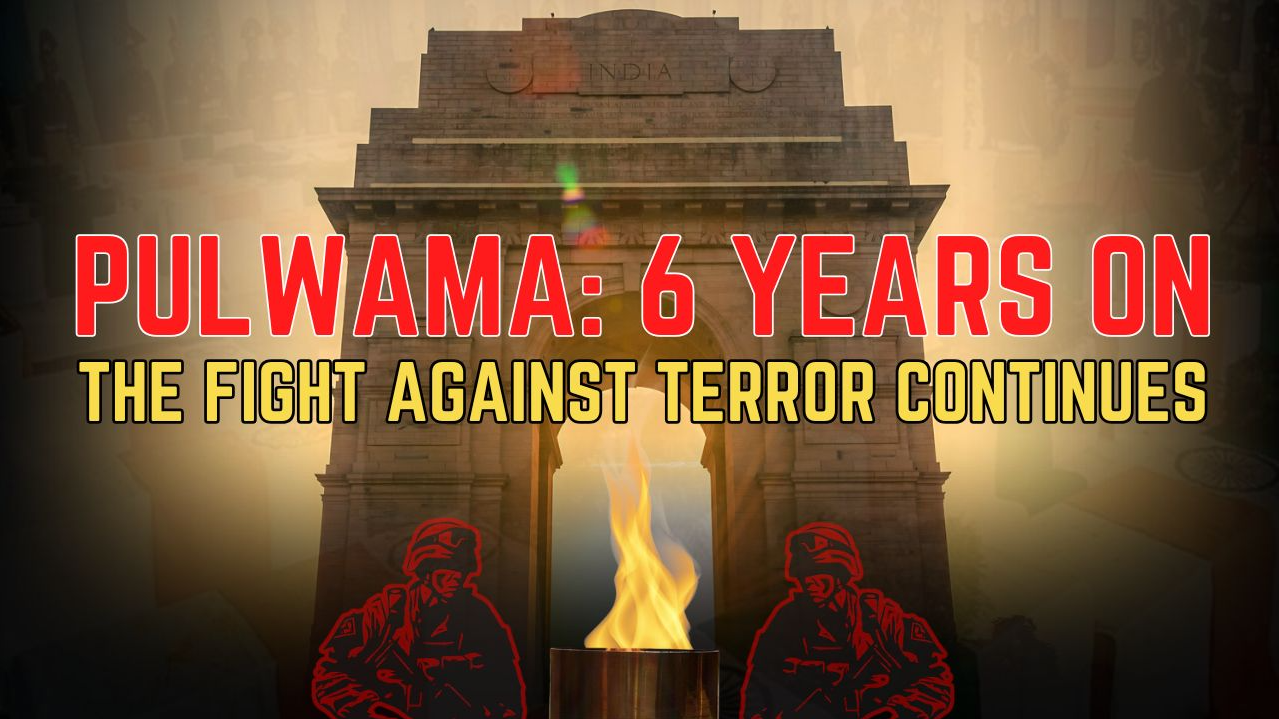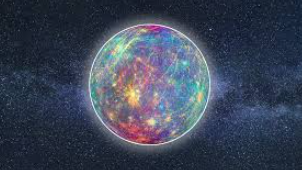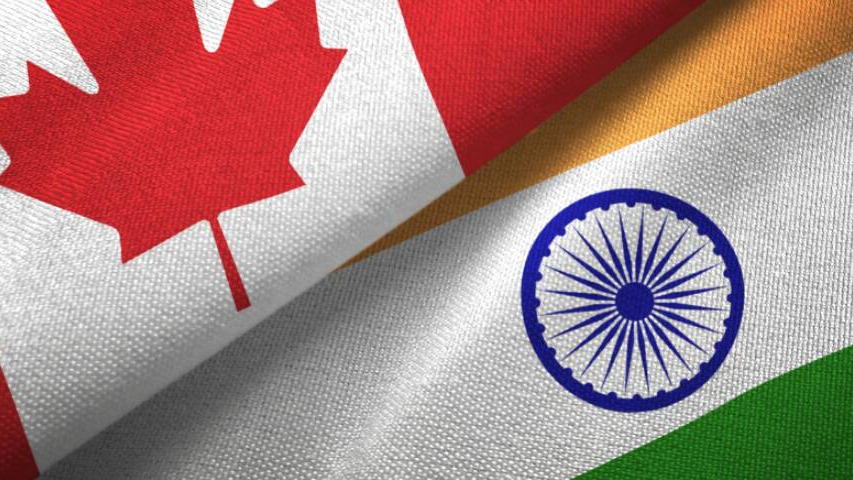Lord Shiva, one of the principal deities in Hinduism, isn't just a figure of worship; he's a living encyclopedia of symbolism. Every aspect of his iconic physique, from the blue of his throat to the cobra coiled around his neck, is laden with profound meaning, offering insights into his nature and the deeper philosophies he embodies. Let’s look into the meaning of these symbols – the blue throat, the cobra, the crescent moon, and the Ganges River flowing from his hair – this is an insight to understand the true Shiva’s form.
Join the Whatsapp Channel to Get News updates in english
The striking blue throat: Shiva's blue throat, known as "Neelkantha," is perhaps one of his most distinctive features, and it's a badge of honor earned through a legendary act of cosmic sacrifice. The story goes that during the Samudra Manthan, the churning of the ocean by Gods and Demons to obtain the elixir of immortality, a deadly poison called "Halahala" emerged. This poison threatened to engulf and destroy the entire universe. It was Shiva, in his boundless compassion, who stepped forward to save creation. He drank the entire poison, holding it in his throat, which turned blue from its effects.
This blue throat isn't just a physical anomaly; it's a powerful symbol of Shiva's capacity to absorb and transmute negativity. The poison represents all the darkness, suffering, and evil in the world. By containing it within himself, Shiva protects the universe from destruction. The blue throat, therefore, reminds us of the importance of courage, selflessness, and the ability to face and overcome challenges for the greater good. It symbolizes the transformative power of compassion and the willingness to bear burdens for the sake of others.
Cobra coiling around Shiva's neck: Snakes, often misunderstood and feared, hold a complex symbolism in Indian tradition. In Shiva's iconography, the cobra is not a symbol of danger or malice, but of Kundalini energy – the dormant spiritual energy believed to reside at the base of the spine. This energy, when awakened and raised, is said to lead to higher states of consciousness and enlightenment.
The cobra around Shiva's neck signifies his complete mastery over this potent energy. It represents his control over the primal forces of nature, his awakened consciousness, and his yogic prowess. The cobra, poised and alert, also symbolizes Shiva's ever-present awareness and his transcendence of fear, including the fear of death, which snakes are often associated with due to their shedding of skin and perceived immortality in some cultures. It's a reminder of the potential for spiritual awakening that lies within each of us and the importance of inner mastery.
Crescent moon adorning Shiva's head: The moon, in Vedic cosmology, is linked to the mind, emotions, and cyclical nature of time. The crescent moon, specifically, represents the waxing phase, symbolizing growth, renewal, and the cyclical nature of creation. Shiva bearing the crescent moon on his head signifies his control over time and cycles of existence. It also represents his mastery over his mind and emotions, keeping them in a state of balance and tranquility, much like the serene and cool nature of the moon itself.
Furthermore, the moon is associated with "Soma," the nectar of immortality. By wearing the crescent moon, Shiva is also seen as the master of immortality and the bestower of bliss. It's a symbol of serenity, peace, and the cyclical rhythm of life, death, and rebirth, all under Shiva's cosmic control.
Ganges River flowing from Shiva's matted locks: Ganga, the sacred Ganges, is not just a river in India; it's revered as a goddess, a purifier, and a source of life and spiritual liberation. The mythology states that when Ganga descended from the heavens, her force was so immense that it could have shattered the Earth. Shiva, ever the protector, offered to cushion her fall by catching her in his matted hair ("Jata"). He then released her in gentle streams, allowing her life-giving waters to flow across the land without causing destruction.
The Ganges flowing from Shiva's hair symbolizes his role as a sustainer and purifier. It represents the flow of divine grace, purity, and the removal of sins and impurities. Just as Ganga's waters cleanse and nourish, Shiva's grace, symbolized by the river, purifies the soul and bestows spiritual liberation. The matted hair, or "Jata," from which Ganga flows, also represents Shiva's yogic nature, his detachment from worldly concerns, and his role as an ascetic.
In essence, each element of Shiva's physique is a carefully crafted symbol, revealing different facets of his divine personality and philosophical significance. The blue throat speaks of compassion and sacrifice, the cobra of awakened energy and mastery, the crescent moon of control over time and mind, and the Ganges of purity and grace. "Knowing these symbols helps us understand Lord Shiva, revealing deeper meanings and making us appreciate his complexity."
Sources:
Art of Living - Decoding the Symbolism of Shiva: https://www.artofliving.org/wisdom/culture/symbolism-of-shiva
Veda Pathshala - Symbolisms of Lord Shiva: https://www.vedapathshala.com/symbolisms-of-lord-shiva/
Dharma Deepika - Significance of Shiva’s form: http://dharmadeepika.com/significance-of-shivas-form/






